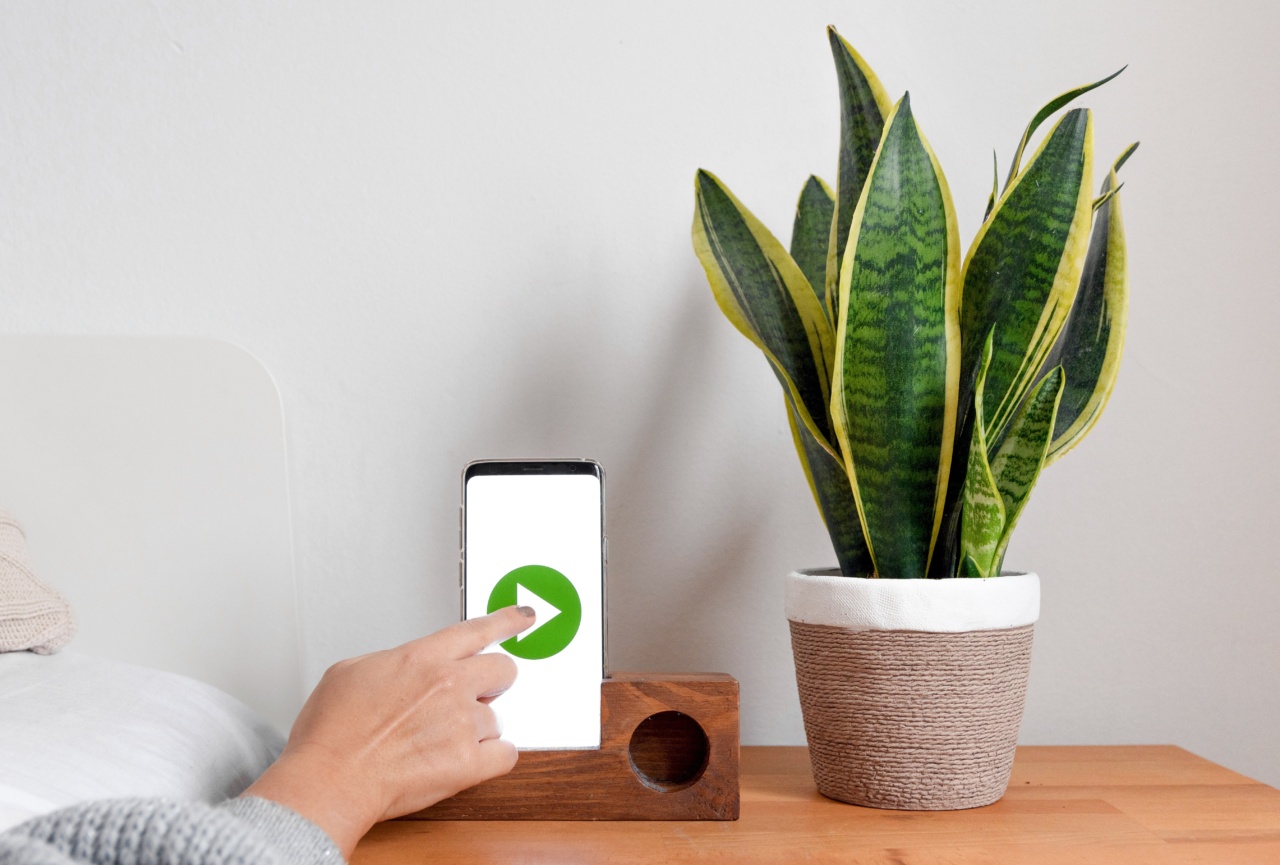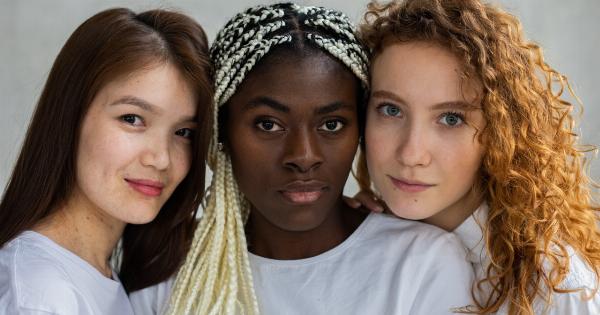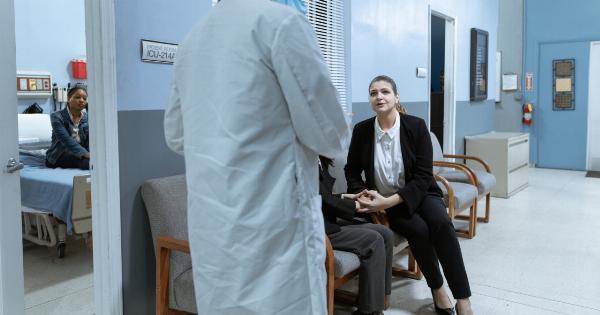The belly button is a fascinating part of the human body. Located in the center of the abdomen, it marks the spot where an umbilical cord once attached a fetus to its mother.
While the belly button is not necessarily an area of the body that people pay much attention to, there have been recent movements on social media that showcase just how intriguing belly buttons can be. Let’s take a closer look at the belly button experiment and the social media madness surrounding it.
What is the Belly Button Experiment?
The belly button experiment began as a way to understand the diverse microbial communities that exist on human skin.
A team of researchers from North Carolina State University and the University of North Carolina at Chapel Hill conducted a study in 2012 that analyzed the microbes present in belly buttons. The researchers were looking to identify the various types of bacteria found in belly buttons and to determine whether the diversity of microbial species is influenced by factors such as age, gender, and hygiene habits.
The study garnered a lot of attention, and the belly button experiment was born. People began swabbing their belly buttons to see what kind of microbes were living inside.
The experiment quickly gained traction on social media, with people sharing their findings and discussing the importance of maintaining a healthy microbiome.
The Social Media Madness
The belly button experiment gained a cult following on social media in the years following the 2012 study.
Numerous websites and blogs dedicated to the experiment popped up, providing information on the types of bacteria found in belly buttons and offering tips for maintaining good belly button hygiene.
Some adherents of the belly button experiment go as far as to collect their belly button lint, which can provide valuable insights into the bacteria that inhabit the skin.
Others take daily swabs of their belly button and compare the results over time to see how the microbial community changes in response to various factors.
Social media platforms such as Instagram and Twitter have become hotbeds of activity for belly button enthusiasts. People share photos of their belly button swabs and compare notes on the types of bacteria they find.
Some even share their belly button cleaning routines and product recommendations in online forums dedicated to the experiment.
The Science behind the Belly Button Experiment
While the belly button experiment may seem like nothing more than a quirky pastime for social media users, there is solid science behind it.
The study that started it all, published in the journal PLOS ONE, found that the microbial communities in belly buttons are diverse and often unique to each individual.
The researchers discovered that the belly button can host up to 2,500 different types of bacteria, including some species that are new to science.
They also found that factors such as age, gender, and BMI can influence the types of bacteria present in the belly button. For example, older individuals tend to have more diverse bacterial communities in their belly buttons than younger people.
There is also evidence to suggest that the microbial communities in the belly button can have an impact on overall health.
While most of the bacteria found in belly buttons are harmless, some species can cause infection or inflammation if they colonize the area. Maintaining good hygiene habits and avoiding things like sweaty clothing and harsh soaps can help keep the belly button healthy and free from harmful microbes.
The Future of the Belly Button Experiment
The belly button experiment shows no signs of slowing down anytime soon. People continue to be fascinated by the microbial communities that inhabit their skin, and the belly button offers a unique glimpse into this world.
Recent advancements in technology have made it even easier to study the belly button. DNA sequencing techniques, for example, can identify the full range of microbial species present in the area.
This could lead to new discoveries about the role that these microbes play in overall health and wellbeing.
As the belly button experiment continues to gain popularity, it’s likely that we’ll see even more social media activity related to it in the future.
Whether you’re a die-hard belly button swabber or simply curious about what’s living in your navel, there’s something fascinating about the world that exists just beneath the surface of our skin.
In Conclusion
The belly button experiment is a prime example of the power of social media to bring people together around a shared interest.
What started as a scientific study has become a cultural phenomenon that continues to capture the imagination of people around the world. Whether you’re a believer in the importance of maintaining a healthy microbiome or simply curious about what’s living in your navel, there’s no denying that the belly button experiment has captured the attention of a wide audience.






























